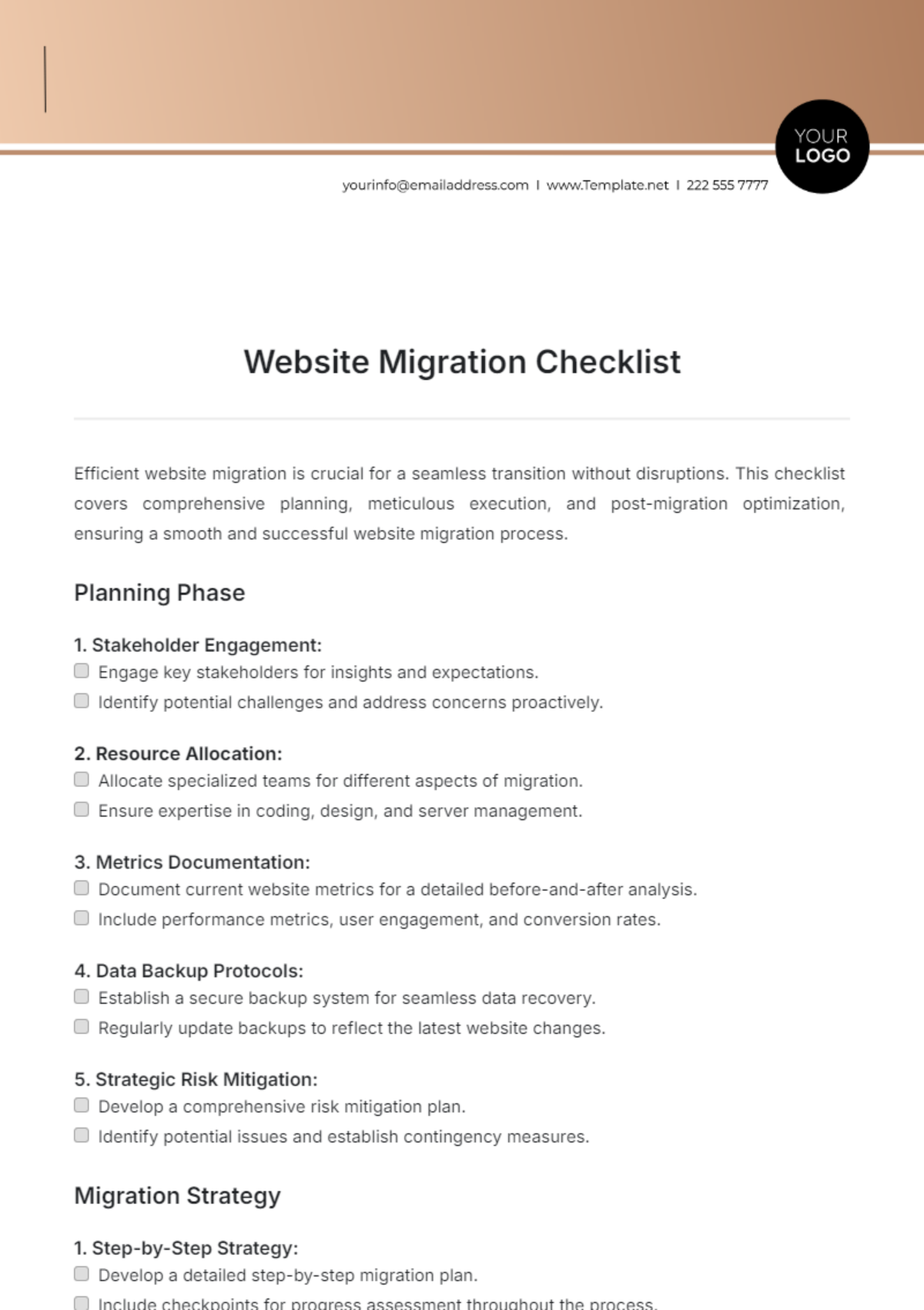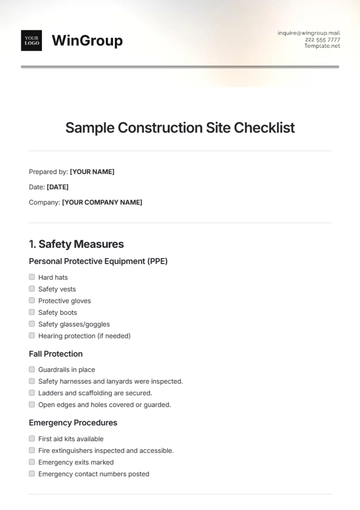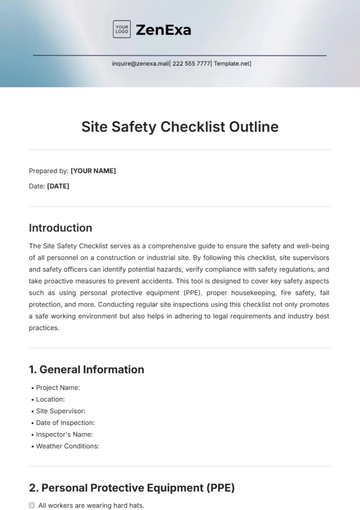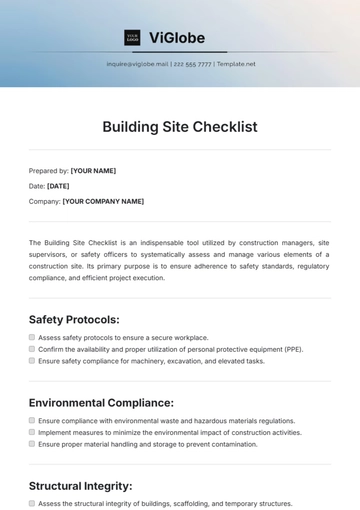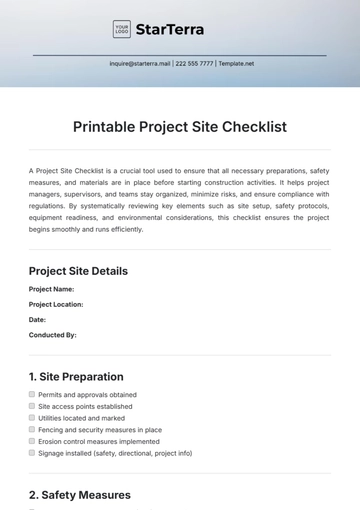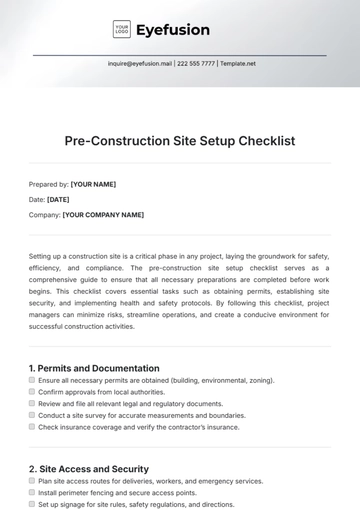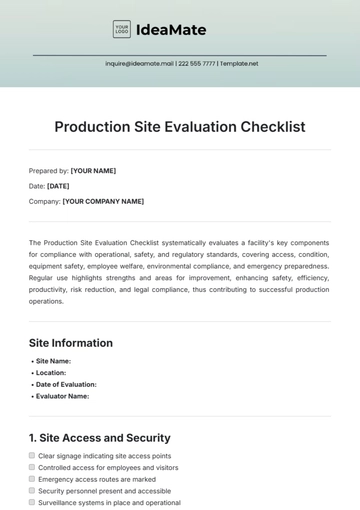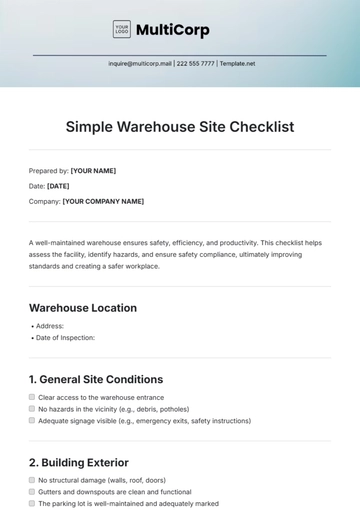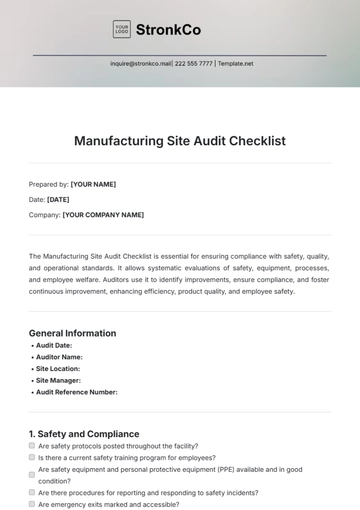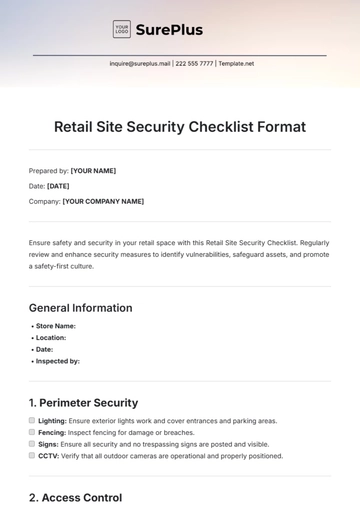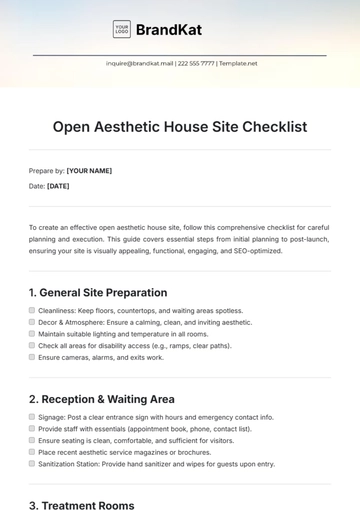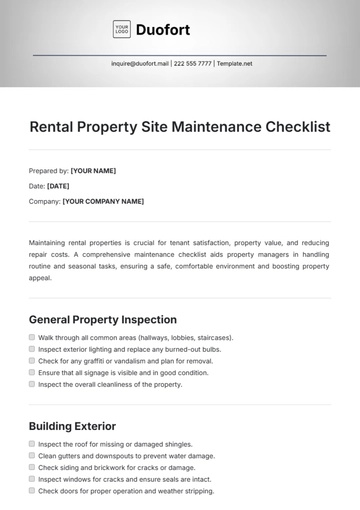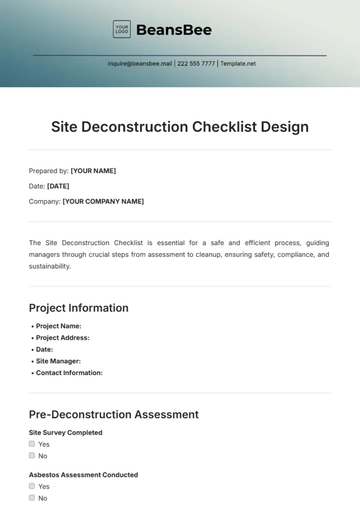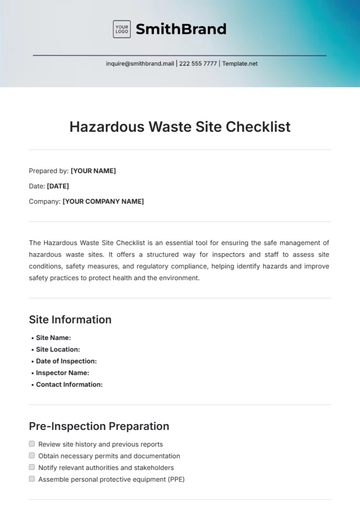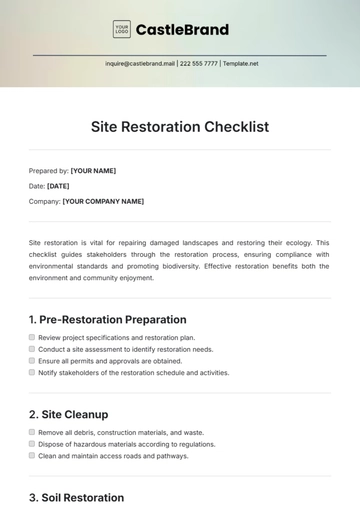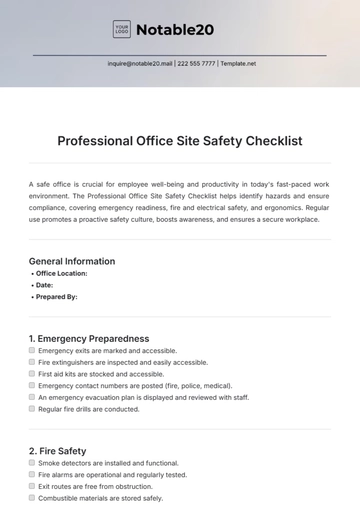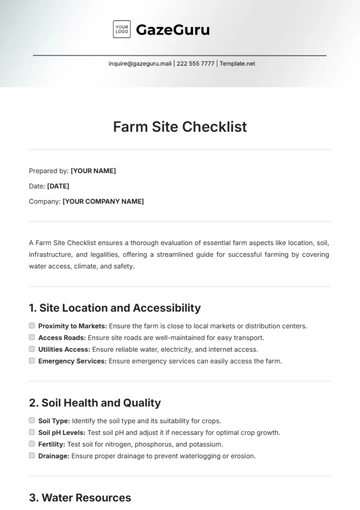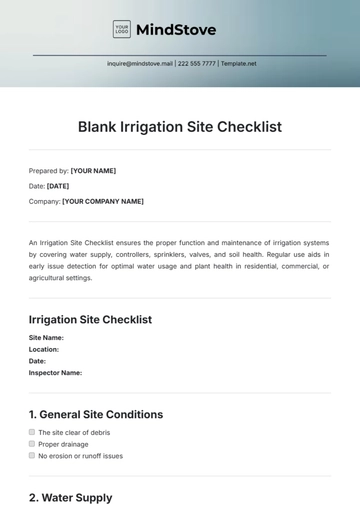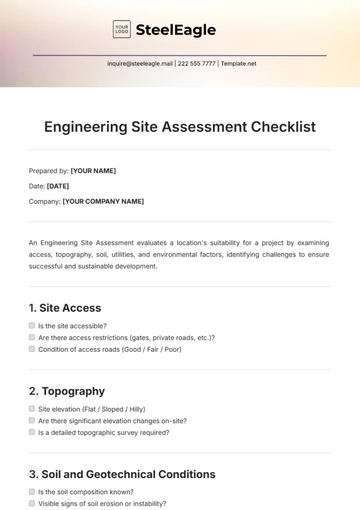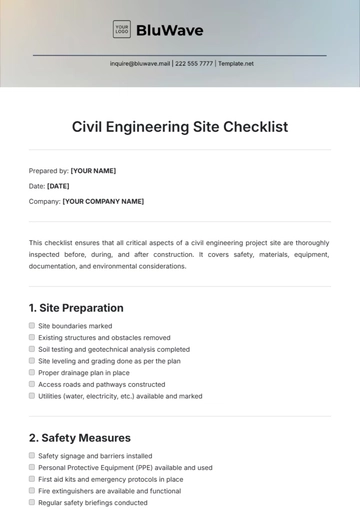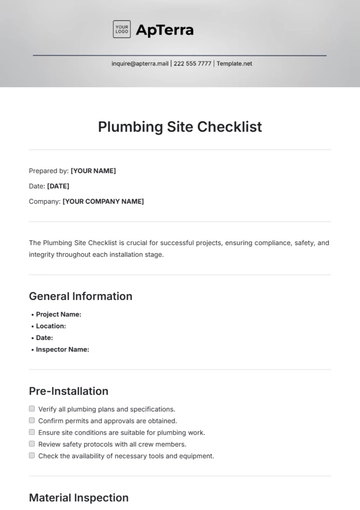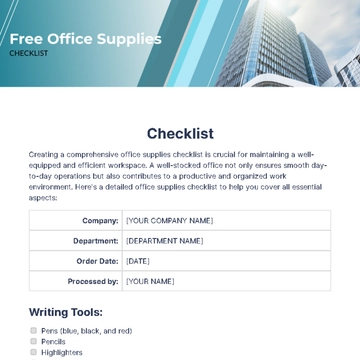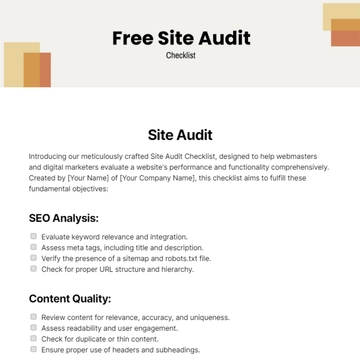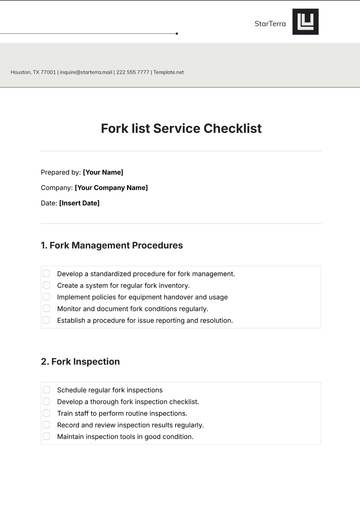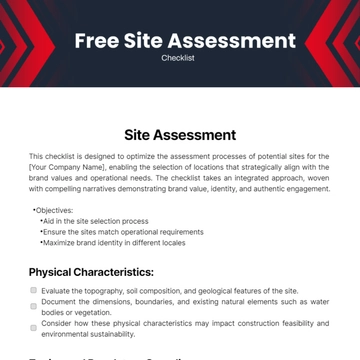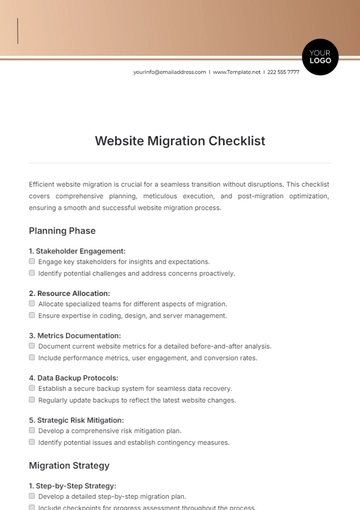Website Migration Checklist
Efficient website migration is crucial for a seamless transition without disruptions. This checklist covers comprehensive planning, meticulous execution, and post-migration optimization, ensuring a smooth and successful website migration process.
Planning Phase
1. Stakeholder Engagement:
2. Resource Allocation:
3. Metrics Documentation:
4. Data Backup Protocols:
5. Strategic Risk Mitigation:
Migration Strategy
1. Step-by-Step Strategy:
2. Anticipate and Minimize Downtime:
3. Hosting Environment Testing:
4. Server Configuration:
5. Domain Transfer:
Data Transfer
1. Structured Data Transfer:
2. Media File Migration:
3. Database Import Efficiency:
4. Link Verification and Updates:
SEO Optimization
1. On-Page SEO:
2. URL Redirects:
3. Real-Time Monitoring:
4. Sitemap Submission:
Website Content Transfer
1. Content Transfer Checklist Refinement:
2. Multi-Device and Browser Testing:
3. Forms and Queries Validation:
Contact Details:
Company: [Your Company Name]
Location: [Your Company Address]
Phone: [Your Company Number]
Email: [Your Company Email]
Checklist Templates @ Template.net
